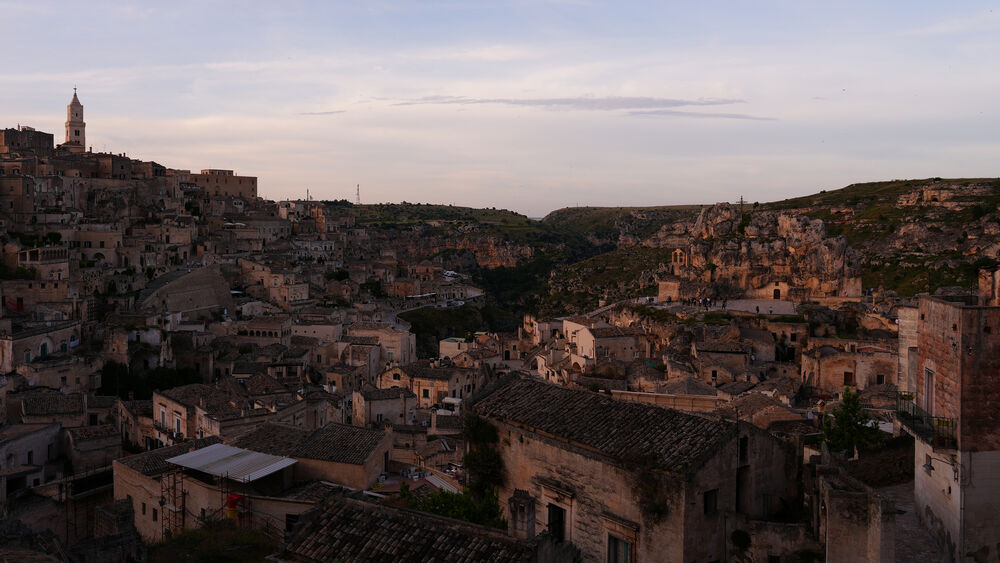61MP Exmor R CMOS Sensor and BIONZ XR Processor
The Sony a7CR's advanced imaging system is powered by a 61MP Full-Frame Exmor R CMOS sensor and the BIONZ XR processor, a potent combination of incredible resolution with high clarity, low noise, and a wide 15-stop dynamic range. In terms of shooting speeds, the sensor and processor enable up to 8 fps shooting with the mechanical shutter and 7 fps with the electronic shutter at full resolution with full-time AF/AE. If shooting JPEG only, more than 1000 frames can be recorded in a single burst. The sensor's structure promotes impressive image quality, and a copper wiring layer dramatically improves data transmission speed for creating 14-bit, high-resolution 61MP stills with a native sensitivity range from ISO 100-32000, which can be further expanded to ISO 50-102400.
Improved Processing Engine
A new BIONZ XR processing engine offers up to 8x greater processing performance compared to previous generations, which enables faster overall performance, impressive image quality with wide sensitivity and dynamic ranges, and more fluent processing that's capable of handling a bevy of AI tasks and intelligent AF alongside imaging processes. This processing system also reduces rolling shutter and other motion distortions for clean rendering of moving subjects.
Pixel Shift Multi Shooting
This unique compositing mode allows you to achieve even greater resolution than the 61MP sensor affords. Working in conjunction with the sensor-shift image stabilization, this mode shifts the sensor while making 16 consecutive exposures in order to acquire approximately 240.8MP of information for greater color accuracy and detail than possible with a single exposure, along with an impressive image size of 19,008 x 12,672-pixels. These files can then be merged together during post-production by using the Sony Imaging software suite.

Accurate Exposure and Color
The a7CR uses AI-powered algorithms like Human Pose Estimation to detect skin areas for more accurately balance exposures when shooting portraits. This AE method is approximately 20% more reliable, even in backlit or direct sunlight situations, or even when the subject is not directly facing the camera. Deep learning technology, along with external visible light and IR sensors, also contributes to more accurate color reproduction and auto white balance processing.
Image Stabilization
Now offering seven stops of shake compensation, the camera's pixel-level 5-axis optical image stabilization system, which counters five different types of camera shake encountered during handheld shooting of stills and video, is algorithmically optimized for precision detection and control down to a single pixel. The AI Processing Unit also improves communication between the body and the lens, providing more stable framing before shooting. This allows users to confidently use any lens, even adapted lenses, for critical imaging without encountering blur from camera shake.
Next Generation AI-Based Autofocus

AI Processing Unit
Using dedicated processing, the a7RC's autofocus is greatly benefitted by more intelligent subject tracking and recognition capabilities along with the reliable hybrid AF system Alpha cameras are known for. Real-time Recognition AF works with seven different selectable target types: